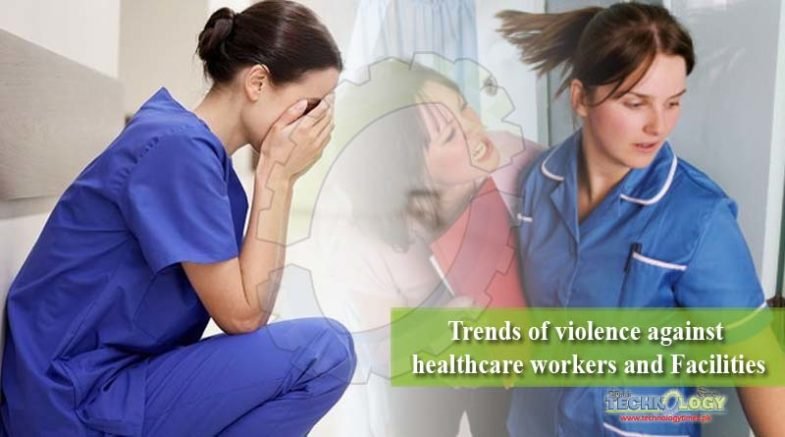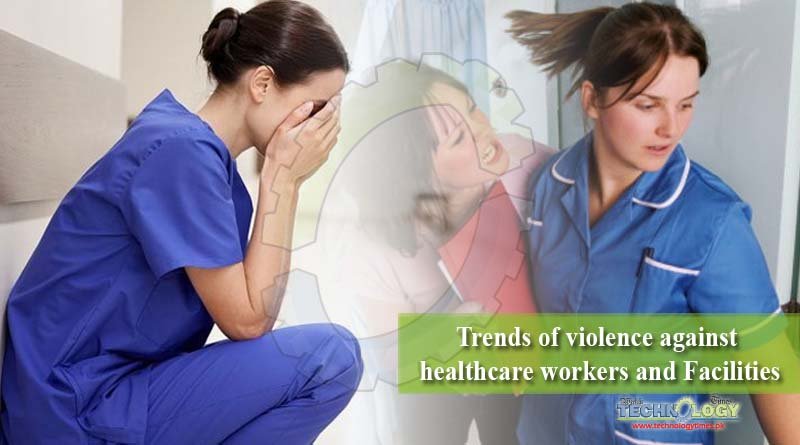According to Islamic belief the occupations are the game of destiny. Being Muslim, we believe that the healthcare professionals are selected by nature for this occupation.
 The population of healthcare workers is very low, compared to total population of the world. They are cream persons of the society. They serve the mankind. But point to remember is that they are humans and “To err is Human”. Sometimes people that quarrel with healthcare workers and do violence, they actually demand perfections.
The population of healthcare workers is very low, compared to total population of the world. They are cream persons of the society. They serve the mankind. But point to remember is that they are humans and “To err is Human”. Sometimes people that quarrel with healthcare workers and do violence, they actually demand perfections.
Humans are interdependent on each other. In this case all are dependent on healthcare staff. The staff sometimes show very rollick behaviour towards serious patients. This is because they are habituated with accidents and emergencies. Laypersons act very rude on this habitual response of staff towards their patients.
Every patient is significant for them, but mostly patient attendants consider their own patients to be the most serious patient in the hospital. Some people warn medical staff of political interference. The medical staff is not always wrong nor the patients, but the problem is intolerance and impatience which gives way to, violence on health care staff. Such violence against health care professionals is ubiquitous and persistent issue that is ignored mostly.
Examples and Reasons:
In Pathology Department of tertiary care hospitals, the staff is not enough to deal with such huge number of people. The workload is very heavy, and this most of the times result in violence. The test reports are late, and patients violate the rules to get results early. Sometimes people enter the laboratory. The laboratory staff stop working and start lecture which results in more delay and waste of time. The public don’t know how dangerous the laboratories are? The most contaminated places on surface of earth are laboratories.
Sometimes doctor advice a test which is very expensive and not available in the regional hospital, at the same time patient is in emergency and patient attendants are depressed which often leads to violence.
Deficiency of Proper Diagnosis:
The most common problem is antibiotic misuse and antibiotic resistance. Public are unaware of Microbiology and Microbes. Doctor prescribe antibiotics without doing culture sensitivity test, the antibiotics are not going to treat that infection and patients criticize the hospital staff. There must be a microbiology laboratory in every hospital under the supervision of expert microbiologists to overcome such issues.
Survey of Health Department:
The health-care workers face extreme job insecurity which is really a matter of concern for health department. There must be no political interference in hospitals. If we talk about the concern of Health Department, they always reply with the complain of funding which is a valid reason. We are living in a third world country, where patient ratio is higher than resources. According to a report, on average there is a single patient bed for every 1613 people in Pakistan (1). In some cases, we have facilities which are hijacked by a group of people and they use it for their personal use.
Solution:
Health Department is very important among all. People know the issues and facilities, but impatience makes them blind and they violate the rules. The solution for such violence is, to develop patience and try to deal everyone politely. Medical Education is a new field which is introduced in Medical Colleges curriculum in which they train doctors, how to address such situations in emergencies.
